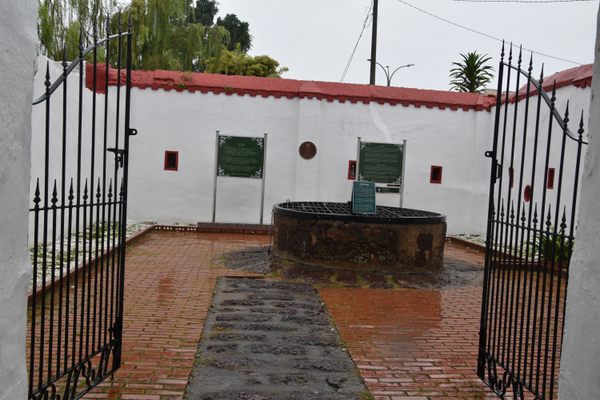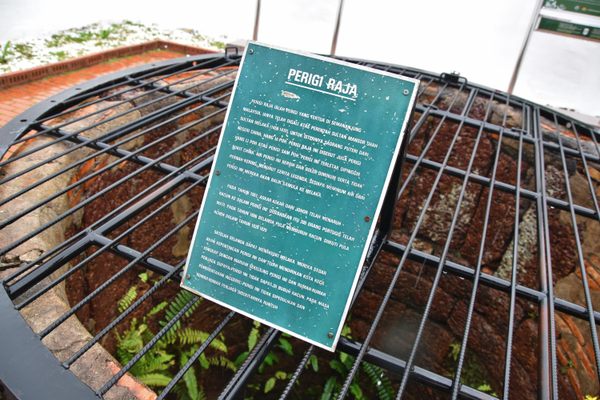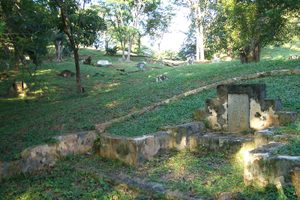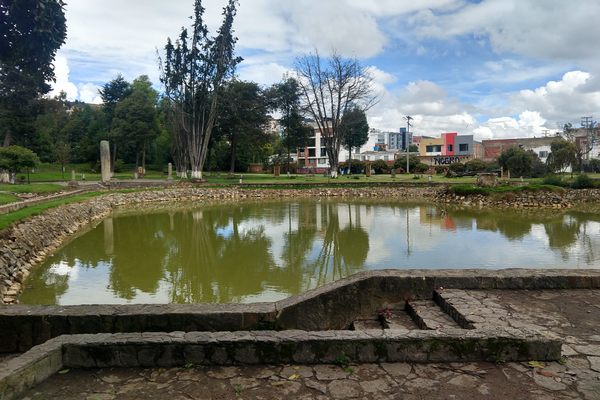About
In the mid-15th century, Ming Chinese princess Hang Li Poh was sent off to be diplomatically married to the Sultan Mansur Shah of Malacca in Malaysia. According to the local tradition, the Sultan gifted her the hill of Bukit Cina for her to build a residence, and in 1459, this well was constructed for her use there.
Now known as Perigi Raja, the King’s Well, or Hang Li Poh’s Well, this well became a significant source of water for the city-state and it is said that it has never dried up even during the worst droughts. Legend has it that whoever throws coins into the well is destined to return to Malacca.
After conquering the city in 1511, the Portuguese took control of the well. In silent resistance, warriors of the Sultan of Malacca poisoned the well and succeeded in covertly killing some 200 Portuguese colonizers. The Dutch and later the Acehnese, an Indigenous people from Indonesia, also poisoned the well in 1606 and between 1628 and 1629 respectively.
During Dutch control of the region, a wall was built around the well to protect it, forming a small fort complete with cannons and a guardhouse. In 1795, a high-ranking Chinese colonial official, Kapitan Cina Chua Su Cheong (Tsai Shih-chang), founded the Taoist temple of Poh San Teng dedicating it to the Peranakan deity Tua Pek Kong. Its entrance is adjacent to the fort. Following the British occupation and colonization of Malacca, the well soon fell into disuse and disrepair.
Today, the legendary well can still be found in a walled enclosure next to the Poh San Teng temple, hidden in plain sight. While its water is no longer clean enough to drink, the well has earned a reputation for being a wishing well over the years, and many coins lie scattered at its base.
Related Tags
Wild Borneo: Secrets of an Ancient Rainforest
Orangutans, fishing villages & untouched beauty in the Borneo Rainforest.
Book NowCommunity Contributors
Added By
Published
March 28, 2023




























